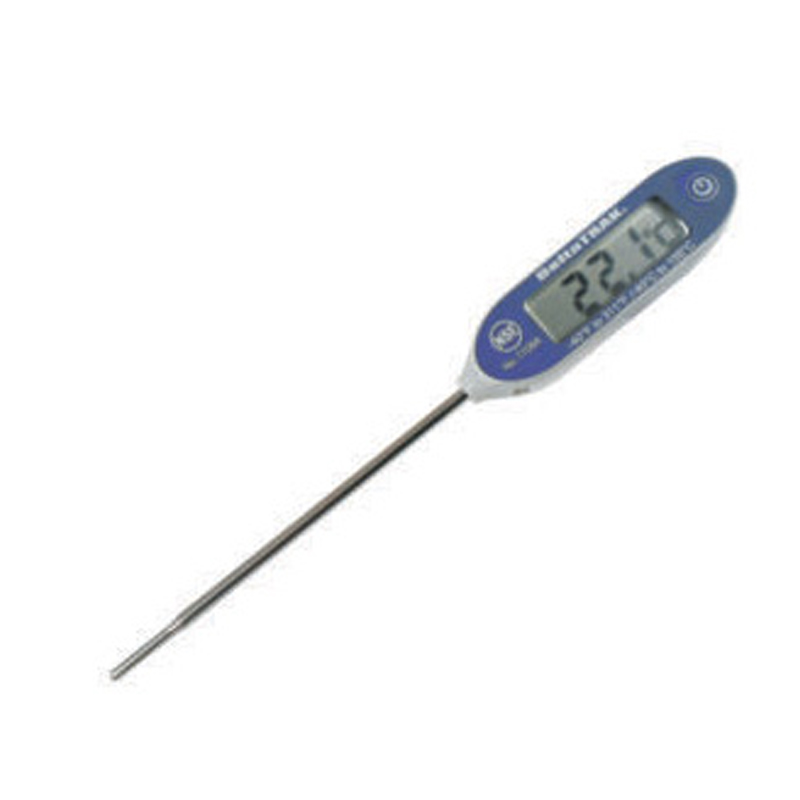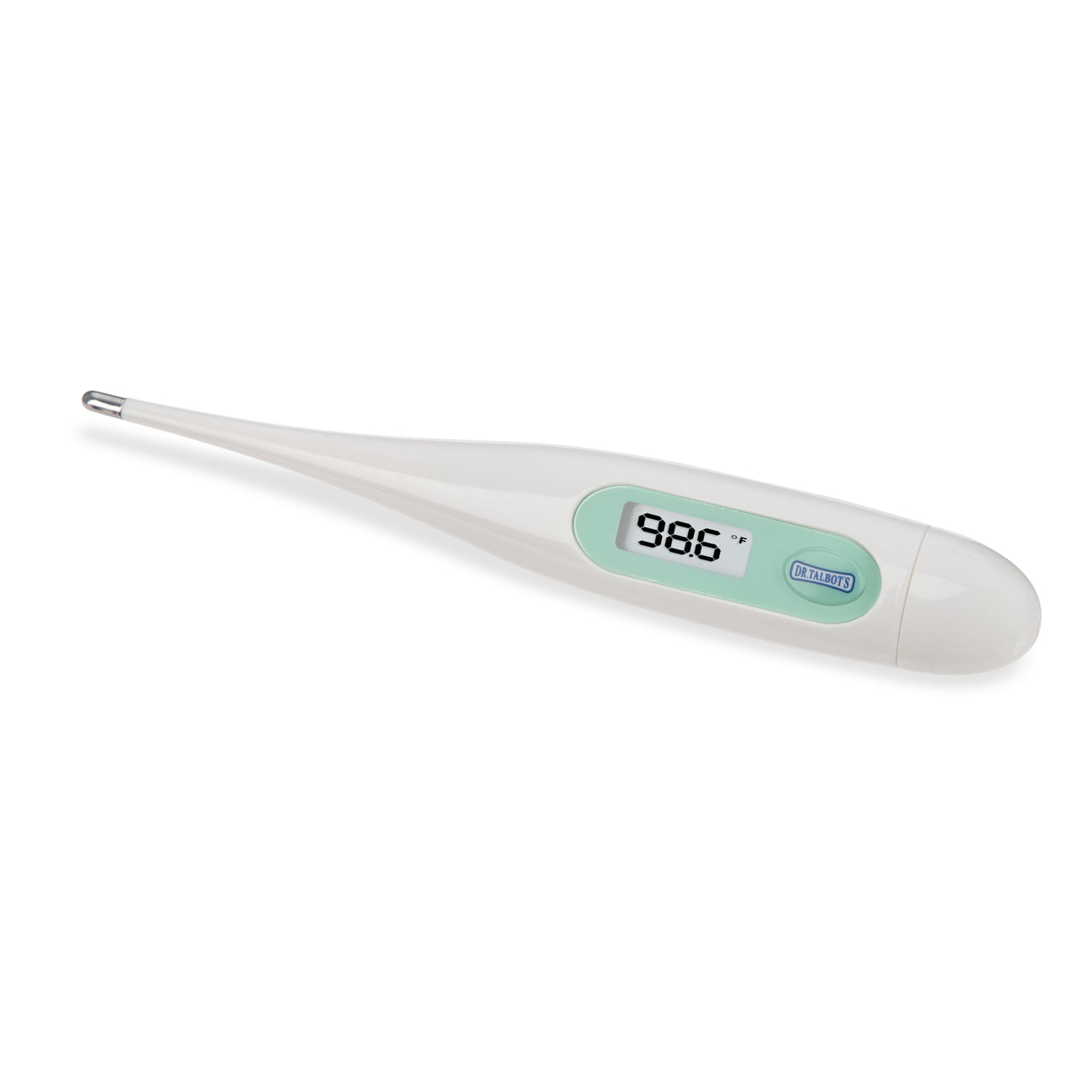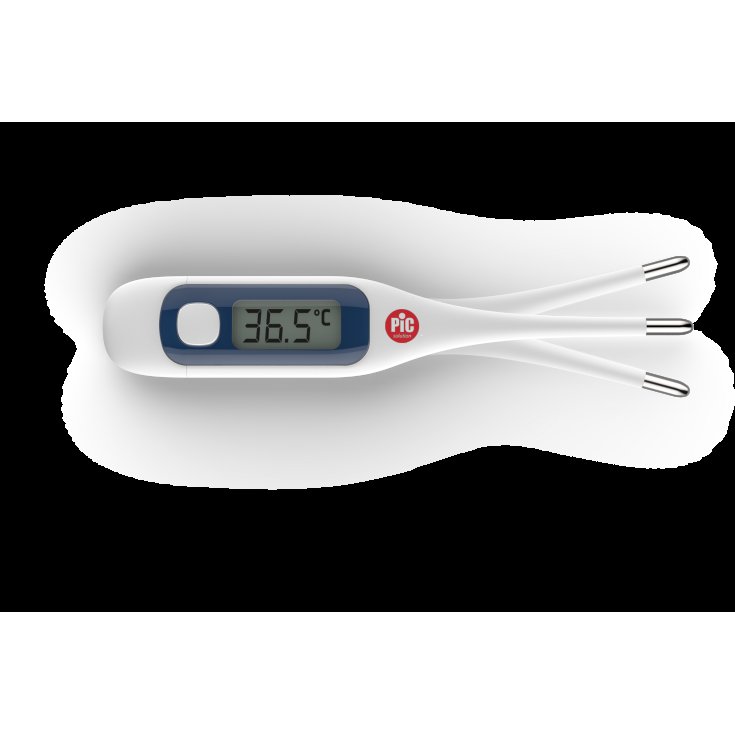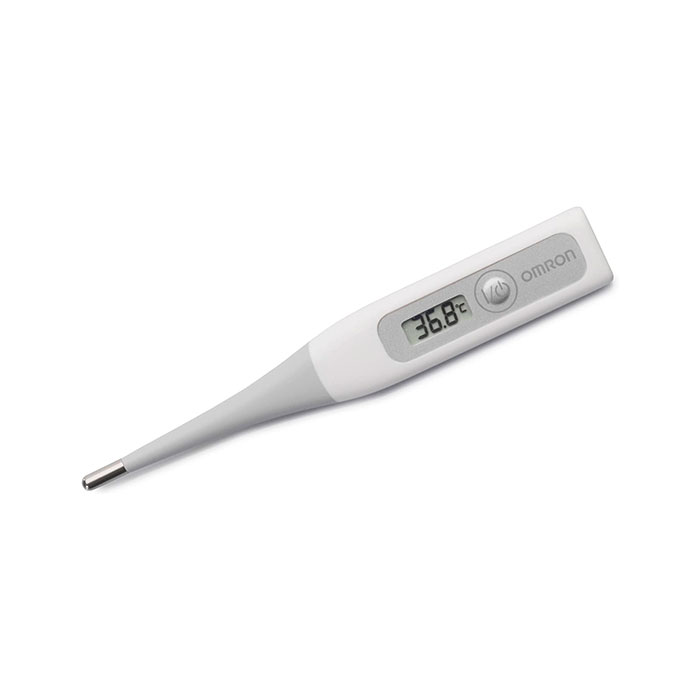
1pc Food Thermometer Termometro Digital Cocina Baking Thermometer Kitchen Food Thermometer Oil Temperature For Bbq Kitchen Picnic Kitchen Utensils Apartment Essentials College Dorm Essentials Ready For School Back To School Supplies -

Buy Now - Franklin Digital Thermometer - Easy to Read LCD Display, Alarm, Temperature Range -10C to +50C, Memory Recall Feature, Celsius/Fahrenheit Switchable Display, Low Battery Indicator & Long Battery Life Up

Double Laser Non-Contact Thermometro Gun Industrial high temperature meter termometro Digital Infrared Thermometer - AliExpress
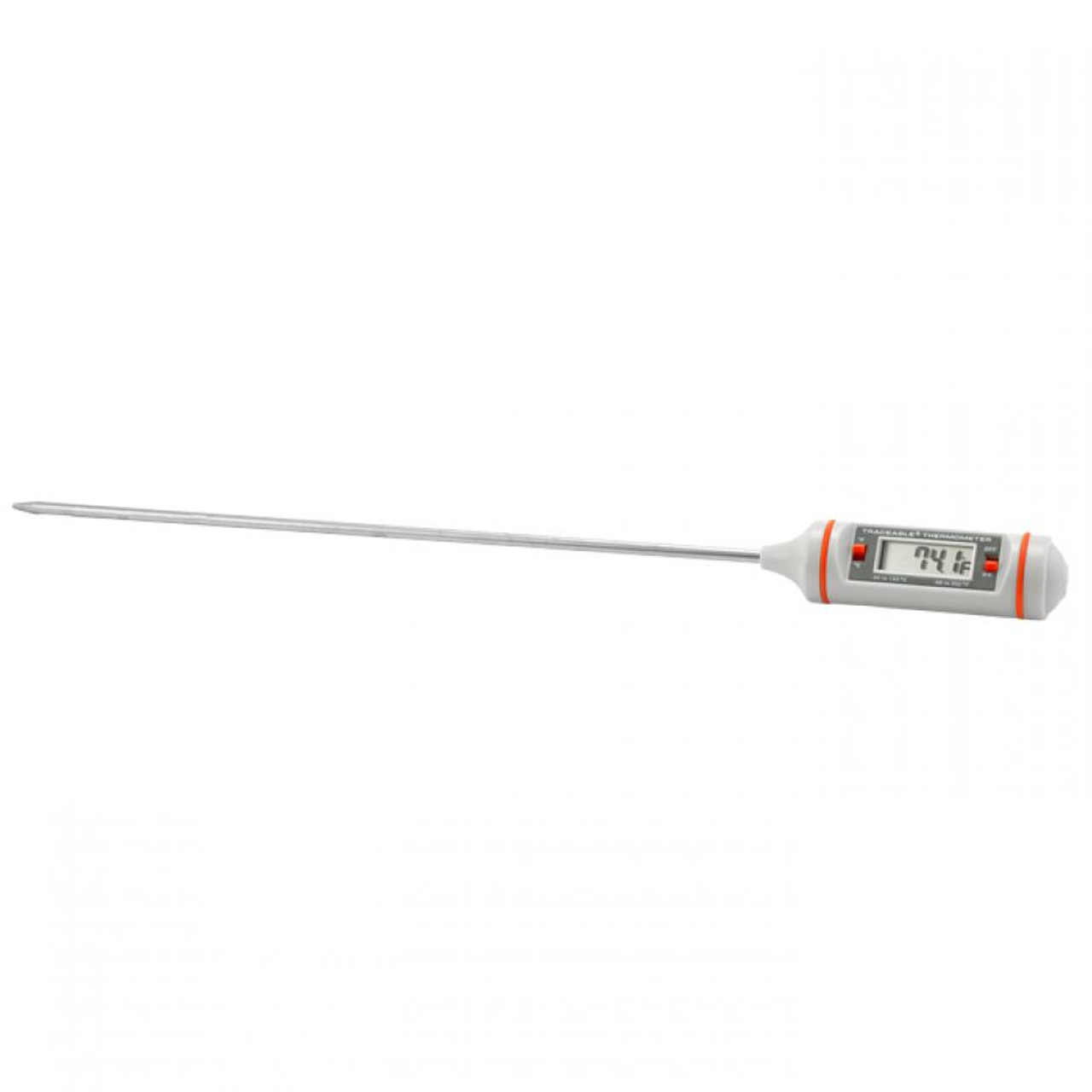
Control Company 4052 Traceable Long-Stem Digital Thermometer, –58 to 302°F / –50 to 150°C with NIST Traceable® Calibration Certificate - T3552-1 - General Laboratory Supply

Ear Termometer Infrared Digital Termometro Non contact Forehead Body Temperature gun with Fever Alarm Beauty Health Monitor - AliExpress

Amazon.com: Car Thermometer, CD60 Multifunctional Digital Car Automobile Thermometer Gauge with Time Navigation Function ABS for termometri Digital car for car Thermometer Car Thermometer car Thermometer : Automotive

